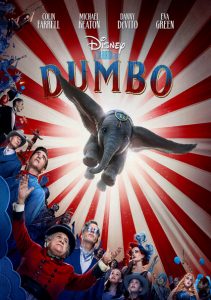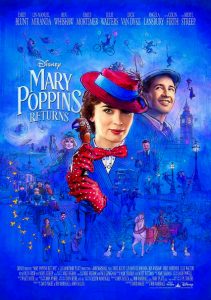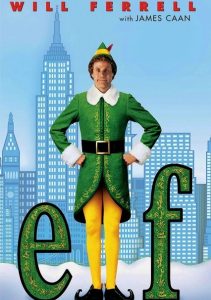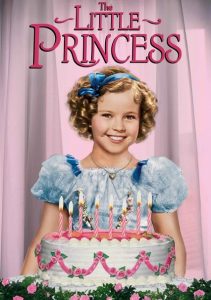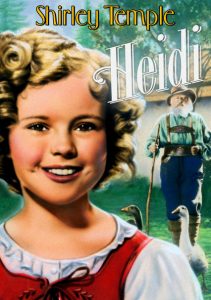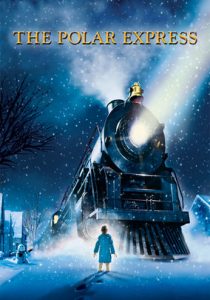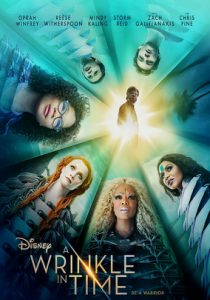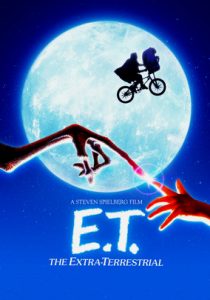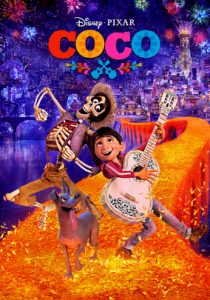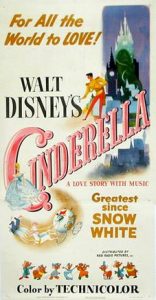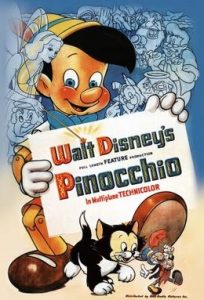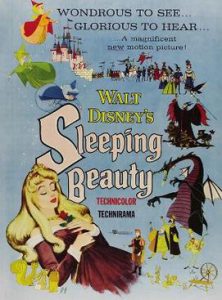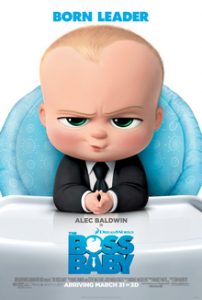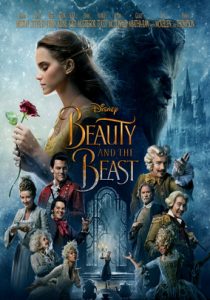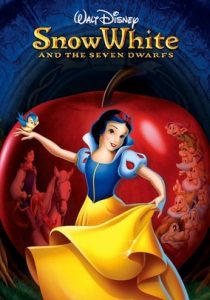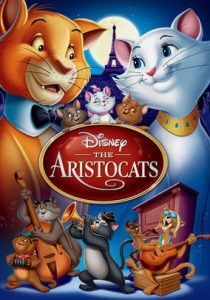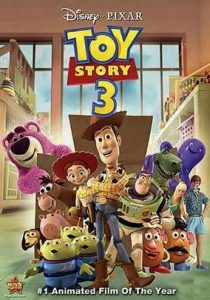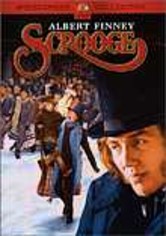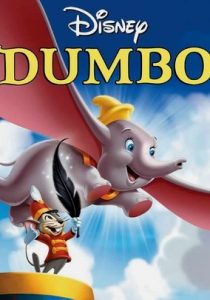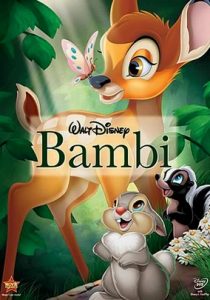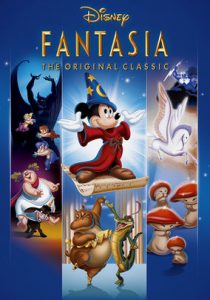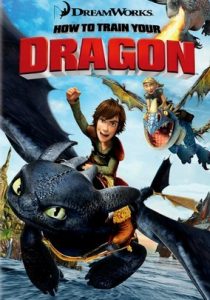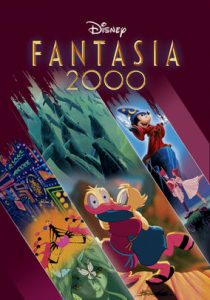Dumbo-2019
Director-Tim Burton
Starring-Colin Farrell, Danny DeVito, Eva Green
Scott’s Review #889
Reviewed April 24, 2019
Grade: C+
Dumbo (2019), the live-action remake of the charming and emotionally charged animated original from 1941 contains some positives but ultimately underwhelms coming up with less than a stacked deck.
The problematic and gnawing element that persisted throughout the Disney film was too much of a cute or child-leaning quality for my taste. Assuredly though for an afternoon at the theater with young children under the age of twelve the film is a recommended fun activity and utterly appropriate.
My expectation, knowing that Tim Burton was at the director’s helm, was for a darker, perhaps murkier interpretation given some in his catalog of films.
After all, Beetlejuice (1988) and Dark Shadows (2012) though flawed contain some wicked charm and naughty humor Dumbo is considerably soft as the director chooses a safe, more accessible path.
To be fair, creating magic from nearly eighty years ago is a tough task for anyone to achieve.
World War I veteran and amputee, Holt Farrier (Colin Farrell) returns from the war to rejoin the financially problematic traveling circus owned by Max Medici (Danny DeVito).
A widower, reunited with his two children Holt is assigned to oversee the pregnant elephant, Mrs. Jumbo as she gives birth to an unusual-looking elephant with giant ears who comes to be known as Dumbo.
The children discover that Dumbo can fly when aided by a feather as the evil V.A. Vandevere (Michael Keaton) attempts to profit from Dumbo’s talents at any cost as he adds to his fabulous creation, Dreamland.
The art direction and the look of the film are where Burton succeeds.
With dark-looking creations and windy, spider-like sets, especially in Dreamland, the film has the director’s signature stamp. The costumes and styles are to be complimented given the year 1919 and the wardrobe and hairstyles are in match with the times.
The circus stars and characters from the fat lady to the exotic jugglers are well-cast adding good texture and multi-cultural flavor to the production.
The standout musical number is the poignant and sentimental “Baby Mine” wisely featured twice during the film. Since the song is so lovely this proves a bold move and my favorite part of an otherwise mediocre experience.
Sharon Rooney sings the version featured during a touching and painful scene between separated elephants Dumbo and Mrs. Jumbo, and the rock band Arcade Fire performs a different rendition over the end credits.
Anyone needing a good cry would be advised to check out the emotionally charged song.
While the acting among Farrell, DeVito, and Eva Green as Colette, the French trapeze artist who falls for the sexy Holt, all play their roles admirably, two performances left me with critical fire. Keaton, typically a standout performer goes full-throttle with an over-the-top and one-note performance as the villainous Vandevere.
Cartoon-like with herky-jerky head snaps and tic-like movements, the actor appears silly and ineffectual at creating any sort of robust character. Young actress, Nico Parker as Milly, Holt’s daughter, gives a dreadfully wooden performance in what could have been the film’s most likable character.
Besides one or two tender scenes the film largely goes for a cutesy vibe, not feeling fresh nor especially genuine. A Disney production, the film feels quite mainstream, lacking edginess, like the producers had dollar signs and major success on their minds over artistic merit or staying true to the original.
Other than a quick shot of the number “41” on the front of a train, a clear tribute to the animated original’s year of release, the remake strays very far from the first Dumbo with a few new characters and sadly no gossipy female elephants anywhere.
A disappointing offering, the live-action Dumbo (2019), the year’s first in a series of five expected Disney releases (Aladdin, The Lion King, Maleficent: Mistress of Evil, and Lady and the Tramp being the others) lacks much more than a couple of sweet scenes, an adorable elephant, and admirable sets, feeling utterly ordinary in flavor.
This is a misfire compared to the legendary, teary 1941 version of Dumbo.
